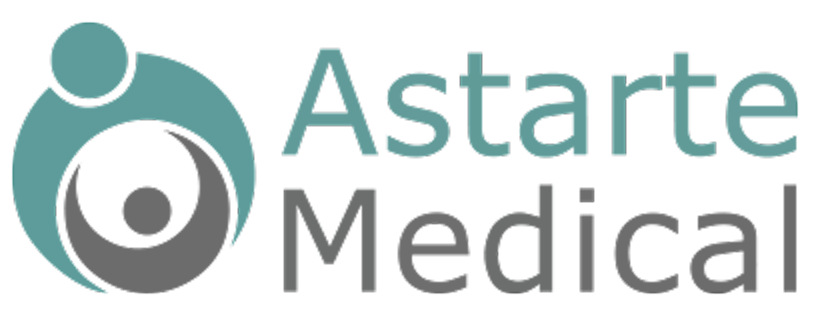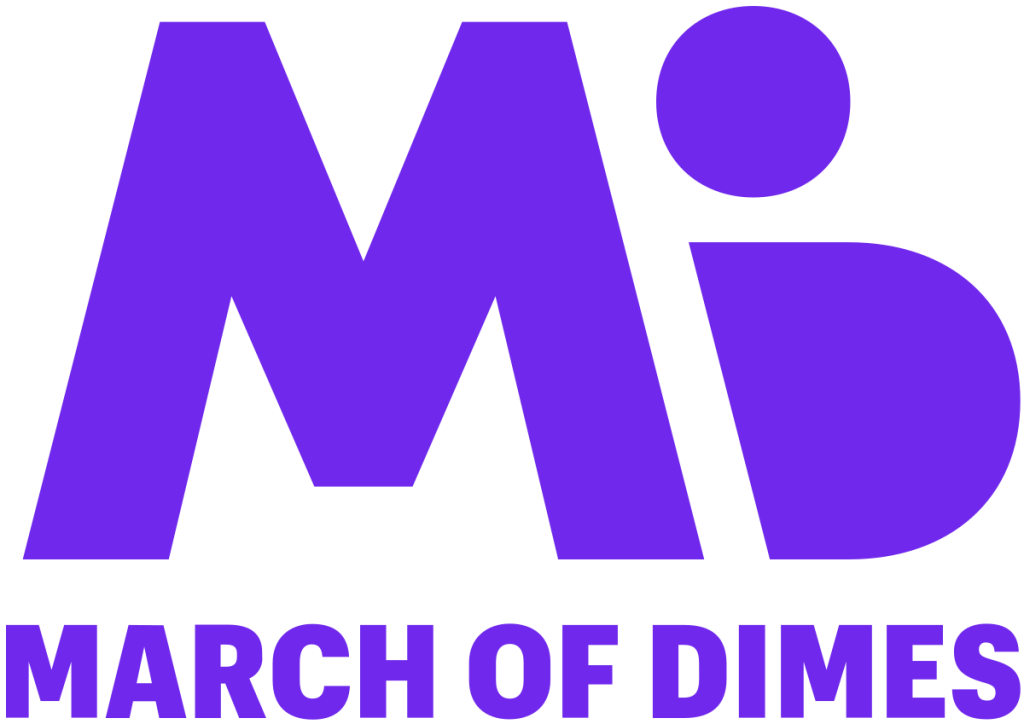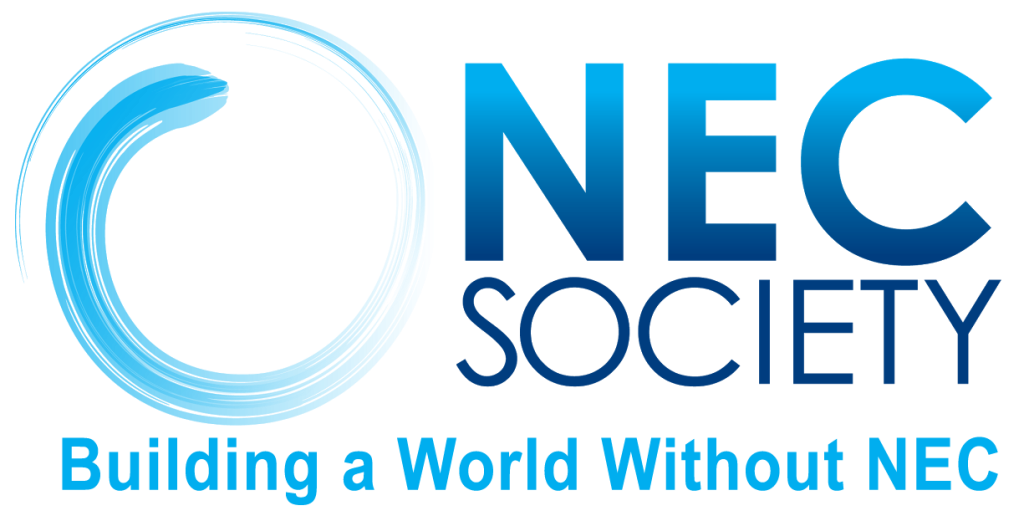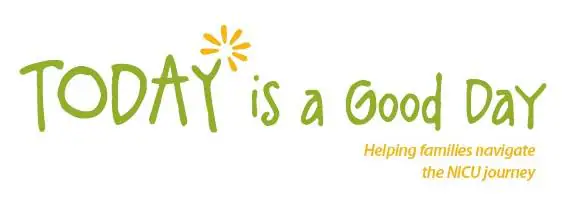By Aamir Nayeem, Principal Engineer
4 Takeaways: Epic’s App Orchard Conference
A few weeks ago, my co-worker, Lexie Alicea and I attended Epic’s 3rd annual App Orchard Conference at their Intergalactic Headquarters in Verona, WI. Astarte Medical has only been registered in the App Orchard for a few months, and we’re still in the process of our first client implementation with our Epic-integrated solution, but we hoped the conference would give us a good idea of what to expect and how to make the process go as smoothly as possible.
The conference spanned three days and consisted of a series of one-hour informational sessions. Most of the sessions were led by members of Epic’s App Orchard technical support team, while the remaining few were customer-led talks in which members of vendor and health systems spoke about their experiences and the things they’ve been able to build so far. After over a dozen hours of sessions, a few hours exploring the campus, and plenty of cheese curds, a few things stood out to me:
The App Orchard is a huge step forward for healthcare
It’s hard to overstate the significance of the App Orchard. Hosting a marketplace for third-party integrated applications and providing standardized API access to data sound incongruent with what people typically expect from Epic, but these decisions are paying off.
There are currently 192 apps listed in the App Orchard (Epic claims that roughly 3 apps are being added per week); by comparison, SMART Health IT’s SMART App Gallery, where developers can list SMART-compatible apps for free, has 77 apps. I got to speak with quite a few of my 500+ fellow attendees at the conference, and the diversity in ideas is staggering—there’s no shortage of cool things that people are building to make healthcare easier.
Looking at the future of healthcare and interoperability, it’s clear that Epic is continuing to make the right moves with App Orchard. In a session on updates from some of the standards bodies and a look ahead at what to expect in the future, CDS Hooks, SMART, and FHIR all appear to be moving towards being able to provide quicker updates and being able to get the data required more easily, with groups like HL7 and the Da Vinci Project spearheading those efforts and making strides to push healthcare into the future. USCDI requirements and recommendations for FHIR compatibility are making FHIR the obvious and easy choice, and with Microsoft’s recent announcement that their Azure API for FHIR has moved to general availability, it’s tough to imagine the ceiling for what people will build with these tools.
Epic wants you to succeed…
Epic isn’t just building out the App Orchard to be able to say that they built it; they’re also committed to making it useful and easy to use. Some of the early sessions on data access and using FHIR felt a bit slow since I already had a good understanding of the material, but I think that’s a better testament to the quality of the documentation than a comment about the quality of the presentation. The Try-It APIs listed in the App Orchard portal are helpful for getting started, and within a few days of going through the documentation for the first time months ago, I felt comfortable making basic Postman requests and reading/writing data in the App Orchard sandbox using .NET code that I’d written.
For all the implementation-specific questions that the documentation can’t cover, the App Orchard technical support team is available to help. In many sessions, the presenters would mention that their technical support can help provide additional guidance with implementation-specific requirements as necessary, and in speaking with other attendees, they made it clear that this wasn’t just Epic’s internal marketing team at work. Over lunch, I got to hear vendors’ real experiences with implementations that they’d performed in the past, and they all agreed that App Orchard technical support is both critical and immensely helpful. From our initial kick-off call with Epic months ago, Epic made it clear that we’ll want to keep our technical support contact involved throughout our implementations and that they’re there to help us get through them, and hearing it from others at the conference definitely helped confirm that.
The conference itself was a great example of Epic’s commitment to helping developers. During the conference, in lieu of many of the 50 speaker sessions that were available, we had the option to attend a one-hour hands-on session with members of the App Orchard technical team to dive into topics like FHIR, SMART on FHIR, CDS Hooks, BPA Web Service, and Kit & Caboodle and to ask them specific questions that we had with our applications. For the conference, Epic also curated a “360 Series”—a series of sessions catered to new App Orchard developers or others looking for introductory courses to get started. The series started with the basics of data connections and ended with app submission, integration, and installation, so it was a great option to get people up to speed and learn about the full App Orchard offering and process.
…but there are still some things that could be improved
For all the great things about App Orchard, there were still a few outstanding issues that were hard to ignore. The most obvious of these was brought up in one of the first sessions of the conference, which went over high-level things to know about architecture, deployment, and upgrades. When describing their framework for applications embedded into Hyperspace, Epic’s desktop application for caregivers, the Epic team said that their embedded browser uses Microsoft’s browser engine, so apps will have to be compatible with Internet Explorer 11, and they currently have no immediate plans to change that requirement. Since Microsoft themselves have been pushing people to stop using IE and are now building Edge on Chromium (which means that even EdgeHTML, the replacement for IE’s Trident engine, has now itself been replaced), this announcement was met with a bit of surprise. In a later session, Epic mentioned that they have a tool to simulate the embedded browser and facilitate testing, but the requirement remains.
In addition, while the documentation is great where it exists, there are a few APIs that Epic has available that they haven’t listed on the App Orchard portal. In some instances, they’ve said that the APIs are harder to use or aren’t typically used in most scenarios (and therefore have a greater potential for misuse), but it doesn’t inspire confidence.
If you’re new to the App Orchard, go to the conference at least once
With only a few months of familiarity with the App Orchard under our belts, Lexie and I weren’t sure what to expect from the conference. Interestingly, we found that there were people attending the conference with all levels of experience: some people had been through several App Orchard implementations and had even attended the conference in the past, while others were newer and were interested in learning the basic concepts of FHIR. Accordingly, I had trouble keeping up in some sessions, and other sessions felt slow because I was already familiar with the material. Since there were 3 –5 sessions running at any given time (not including the hands-on labs that are also available), there was always an option to leave and attend a session that might be a better fit.
I don’t know that I’d attend the conference a second time, but I’d recommend it for anyone who hasn’t yet been, especially if nobody from your organization has attended in the past. If you’re just getting started with the App Orchard by the time the conference rolls around, the 360 Series of sessions is great for getting up-to-speed quickly and understanding the path ahead for your organization. If you’ve had a good amount of experience with the App Orchard, there’s still room to learn best practices, see the roadmap for App Orchard, and learn about what others are doing. The guest presentations given by Epic customers ended up being the most interesting sessions, providing us with case studies, best practices, and potential pitfalls from the presenters’ App Orchard experiences.
In addition, it helps to have more than one person from your company at the conference. There were a few instances in which two interesting sessions would conflict with one another, and Lexie and I were able to each attend one session and share notes afterwards. In addition, some of the sessions help more with the app design and implementation process, while others focus more on technical details, so there’s no need to only send developers to the conference. Most of the sessions about Epic integration tend to focus on integration into Hyperspace, but there’s plenty to learn for vendors and health systems looking at MyChart or Canto/Haiku integration.
As I was leaving Wisconsin to catch a flight back home, I noticed an ad in the airport for a mobile app that helps hospital systems onboard and interact with patients more easily. The thing that caught my attention, though, was the text on the bottom: Available in the App Orchard. This confirmed what I’d learned in the conference the past few days: love it or hate it, the App Orchard is the future, and it’s here to stay.




